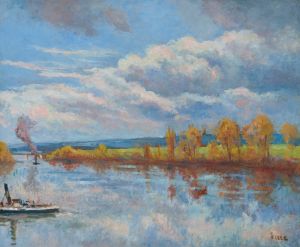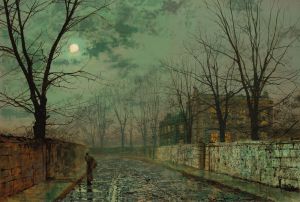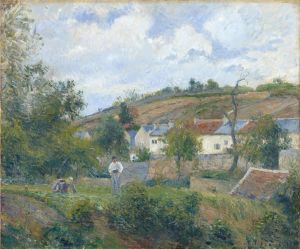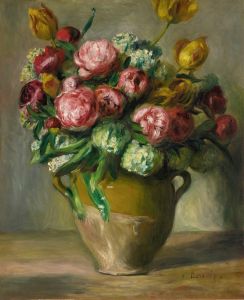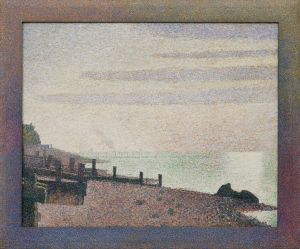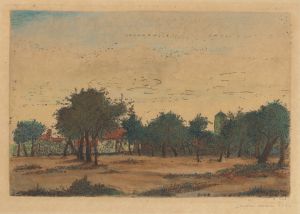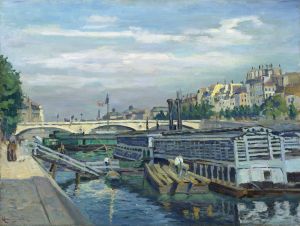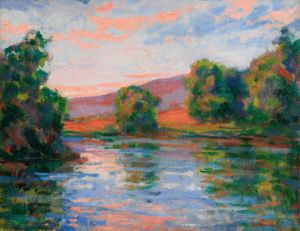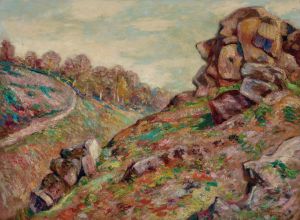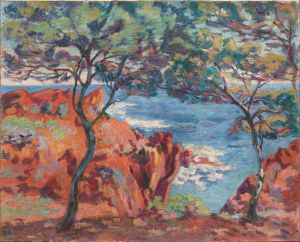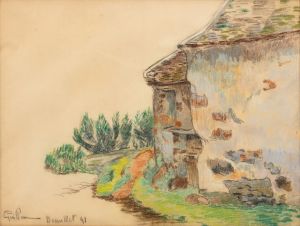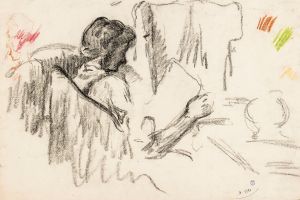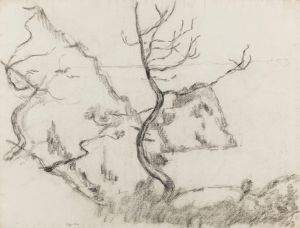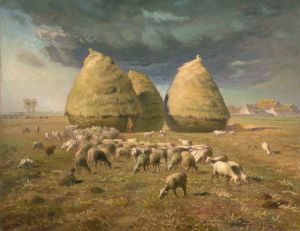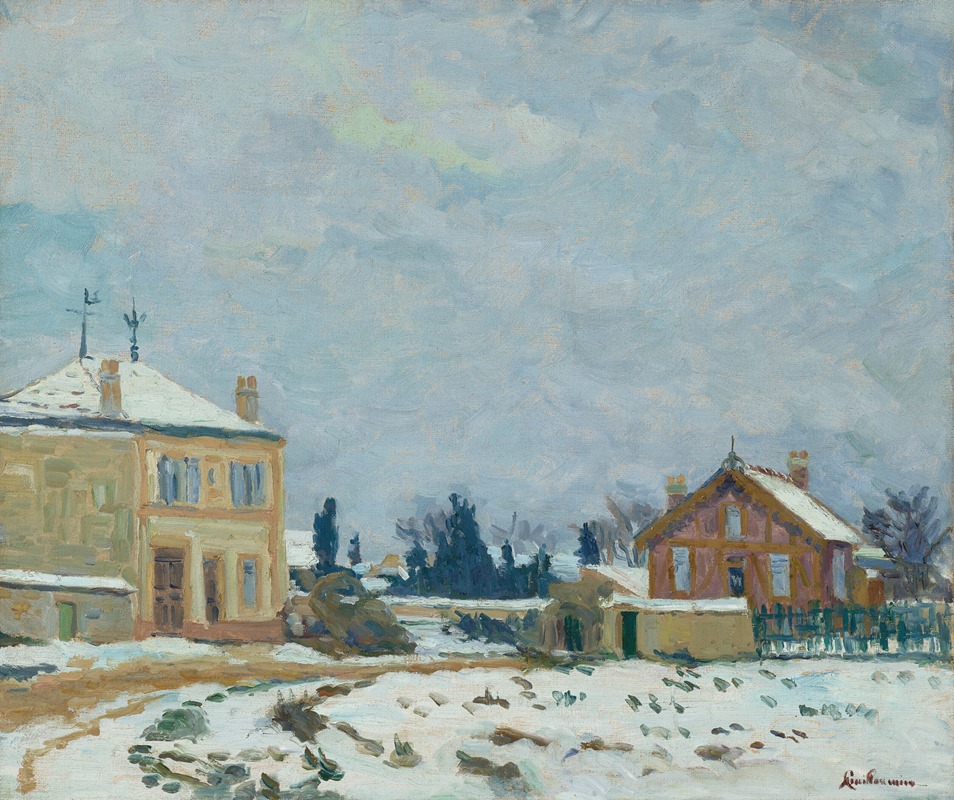
Paysage en Île-de-France
A hand-painted replica of Armand Guillaumin’s masterpiece Paysage en Île-de-France, meticulously crafted by professional artists to capture the true essence of the original. Each piece is created with museum-quality canvas and rare mineral pigments, carefully painted by experienced artists with delicate brushstrokes and rich, layered colors to perfectly recreate the texture of the original artwork. Unlike machine-printed reproductions, this hand-painted version brings the painting to life, infused with the artist’s emotions and skill in every stroke. Whether for personal collection or home decoration, it instantly elevates the artistic atmosphere of any space.
Armand Guillaumin's Paysage en Île-de-France (translated as Landscape in Île-de-France) is a painting created by the French artist who was a prominent figure in the Impressionist and Post-Impressionist movements. Guillaumin, born in 1841 and active until his death in 1927, is known for his vibrant use of color and his depictions of rural and urban landscapes in France. His works often reflect the natural beauty of the French countryside, and Paysage en Île-de-France is no exception.
The painting captures a scene in the Île-de-France region, which surrounds Paris and is known for its picturesque villages, rolling hills, and lush greenery. Guillaumin's choice of this location aligns with his broader artistic focus on landscapes and his interest in portraying the interplay of light and color in nature. Like many of his works, this painting demonstrates his mastery of bold, expressive brushstrokes and a vivid color palette, which were hallmarks of his style. These techniques helped convey the atmosphere and mood of the scene, emphasizing the natural beauty of the region.
Guillaumin was closely associated with other Impressionist painters, including Claude Monet, Camille Pissarro, and Paul Cézanne. While he participated in several of the Impressionist exhibitions, his work also shows influences from Post-Impressionism, particularly in his use of intense, almost Fauvist colors. This stylistic approach is evident in Paysage en Île-de-France, where the artist's use of color enhances the emotional impact of the landscape.
The exact date of the painting is not definitively documented, but it is consistent with Guillaumin's mature period, during which he focused extensively on landscapes. The Île-de-France region was a recurring subject in his oeuvre, as it provided a rich variety of natural scenes that suited his artistic vision. Guillaumin often painted en plein air (outdoors), a practice common among Impressionists, which allowed him to capture the changing effects of light and weather directly on the canvas.
Today, Paysage en Île-de-France is appreciated as an example of Guillaumin's contribution to the evolution of modern landscape painting. His works are held in various public and private collections worldwide, though specific details about the current location or ownership of this particular painting are not readily available. Guillaumin's legacy endures as a painter who celebrated the beauty of the French countryside with a distinctive and innovative approach to color and composition.





